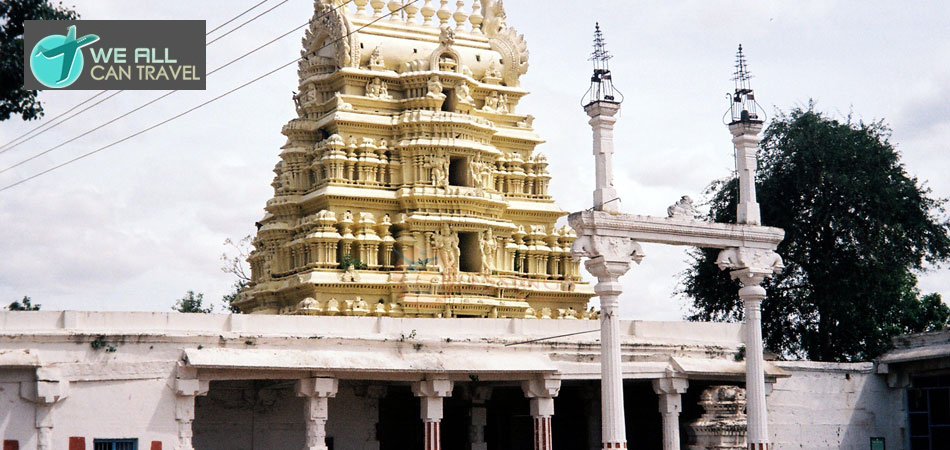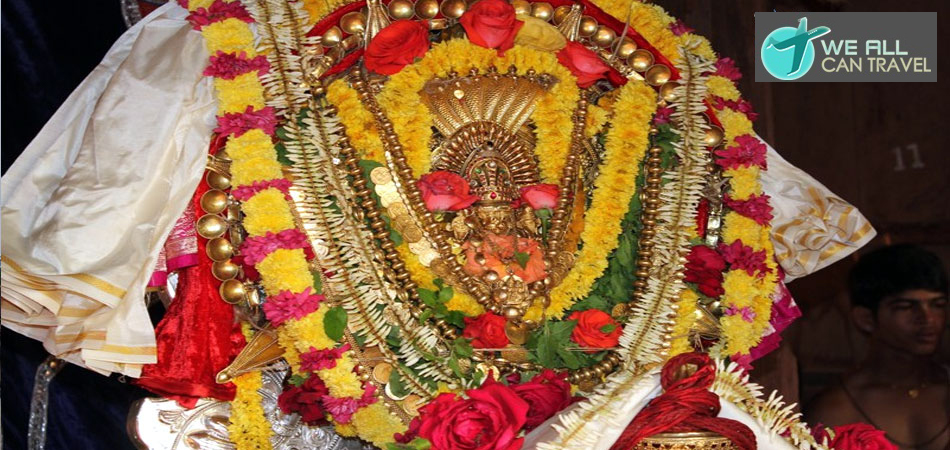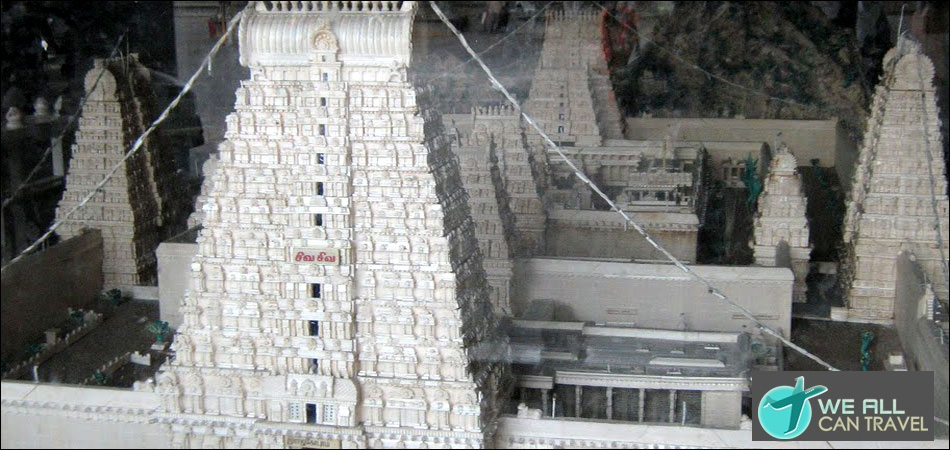- +1 416-553-8499
- Live chat
-
Sree Rama Temple Triprayar
- Home
- /
- Temples
- /
- Kerala
- /
- Sree Rama Temple Triprayar

Triprayar located south of Thrissur, near Irinjalakuda bears a magnificient temple to Rama which is associated with many interesting legends. Associated closely with this temple are temples dedicated to Lakshmana at Tirumoozhikkalam (which is one of the 108 Vaishnava Divya Desam temples), Bharata at Koodalmaanikkam and to Satrugna at Payammel. Legend has it that four images of the heroic brothers Rama, Lakshmana, Bharata and Satrugna were washed ashore and were discovered by a local chieftan Vakkey Kaimal and were installed at the sites mentioned above. All of these four images are those of Vishnu, but are referred to as Rama, Lakshmanaperumaal, Bharata and Satrugna. Offering worship at each of these four shrines on a given day, is considered auspicious. Deities: The image of Rama resembles the chaturbhuja Vishnu form with four arms, bearing a conch, a disc, a bow and a garland respectively. It is believed that the deity worshipped here possesses some of the aspects of Shiva too. The image is adorned with necklaces and othe fine jewelry. Images of Sridevi and Bhudevi are on either side. Rama has been conceived in the form of the victor over the demon Khara. There is an image of Dakshinamurthy, in the sanctum facing the south. It is also believed that the portrayal of Rama with a garland held in the image's hands is also suggestive of aspects of Bhrahma and hence the deity is said to be a manifestation of the Trimurthis. An unseen manifestation of Hanuman is worshipped in a mandapam across the hall from the sanctum. There is also a shrine to Ganapathi in this temple. In the outer courtyard of the temple is a shrine to Saasta or Ayyappan. It is believed that the Saasta shrine was located originally at the site corresponding to the temples sanctum. Architecture: This temple is rich in wood carvings. The namaskara mandapam which faces the circular sanctum (srikovil) has 24 panels of wood carvings and several ancient murals. The circular sanctum has several sculptural representations of scenes from the Ramayana. History: The Triprayar temple was originally under the domain of the Zamorin rulers of Kerala. It later came under the posession of the Dutch, the Mysore sultans and the rulers of Cochin. Daily worship services: Five worship services are carried out each day - (usha, etirthu, panthirati, uccha, athazha). A processional image of the deity is carried around the temple three times a day. Festivals : The seven day Pooram festival is celebrated in the malayala month of Meenam (Tamil - Pankuni), and it concludes in the Pooram asterism (just one day ahead of Pankuni Utthiram in Tamilnadu). The Ekadashi festival in the month of Scorpio (November - December) is also a festive occasion, along the lines of the Guruvayur temple. The day preceding Ekadashi witnesses a procession of Saasta, while the Ekadasi festival is marked by a procession of Rama flanked by 21 elephants and royal paraphernalia. Performing Arts: Angya Koottu is a local theater form (pantomime) which is offered as a worship service in this temple, inside the temple premises. In the 12 day performance season in the month of Scorpio, episodes from the Ramayana involving Hanuman's bringing back a ring from Sita to Rama are enacted. The peacock legend: Many legends unique to this part of the country prevail in this temple. It is said that when the image of Rama was discovered and was about to be consecrated, it was divinely ordained that a peacock would appear and mark the exact spot on which it was to be installed. Apparently the devotees installed the image in a spot where a devotee bearing peacock feathers appeared. It is said that they regretted their decision later when a peacock actually appeared at another spot. To make up for this deficiency the sacrificial altar or the balikkallu was installed at the spot marked by the peacock. It is believed that the sacrificial altar kept spinning on its axis until a yogi stabilized
 >> Agasteeshwara Temple
>> Agasteeshwara Temple >> Anantha Padmanabhaswami Temple
>> Anantha Padmanabhaswami Temple >> Ananthasana Temple
>> Ananthasana Temple >> Annapoorneshwari Temple
>> Annapoorneshwari Temple >> Arunachaleshwar Temple
>> Arunachaleshwar Temple